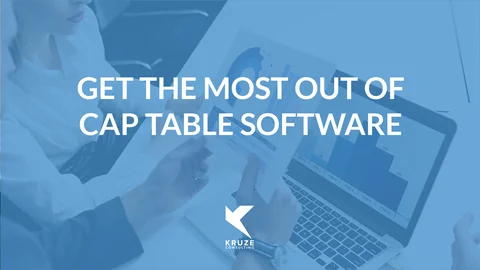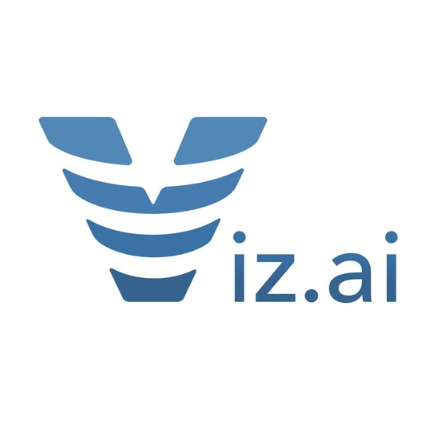
Cap table management software is a necessity for growing startups, and founders need to be proactive about how they use it. Here are eight best practices to maximize software value and safeguard your company’s ownership and compliance.
1. Always Work with a Qualified Attorney
Cap table platforms do not replace legal expertise. Consult with a startup attorney to make sure you issue shares properly, comply with all regulations, and accurately document all stock options, notes, and convertible securities. Legal oversight helps keep ownership aligned and prevents expensive mistakes during audits or fundraising.
2. Implement Vesting Schedules for All Service Providers
Apply vesting to equity granted to founders, employees, advisors, and contractors. This prevents premature departures from costing your company and encourages long-term commitment. We see co-founders leaving startups every year, so don’t make this mistake. Vesting schedules are essential for preserving ownership and ensuring only committed contributors hold meaningful stakes.
3. Grant Equity Within Market Benchmarks
Avoid excessive grants by using industry compensation benchmarks for employees and advisors. Oversized equity awards can dilute founders and signal poor governance to investors. Kruze’s compensation guide offers median data, e.g., first hires typically receive between 0.5% and 4% equity.
4. Regularly Review and Update the Cap Table
Integrate cap table review into your regular business processes, especially before new fundraising or issuing equity. Maintain accurate, up-to-date records so you – and your investors – are always clear on who owns what.
5. Negotiate Convertible Securities Carefully
Be wary of generous valuation caps or discounts on notes and SAFEs. Multiple instruments with varying terms can add up to major dilution. Use legal and financial advisors to structure deals in line with your long-term objectives and update these in your software.
6. Ensure Compliance with 83(b) Elections
If you’re issuing restricted stock, file 83(b) elections within 30 days to lock in a low cost basis and minimize future taxes. Cap table software can help streamline this process, but always consult a tax professional to verify compliance.
7. Leverage Leading Cap Table Platforms
Choose solid platforms like Carta or Pulley for reliable, secure, and scalable equity management. Good software automates updates, integrates with legal and accounting, and keeps all documents organized and accessible.
8. Model Your Option Pool
Treat the option pool like your budget. Have a model and keep it updated to avoid over-allocation. Kruze’s free option pool template makes this easy, helping you prevent unintentional dilution.
A disciplined approach to cap table management protects founders, attracts top talent, and makes equity easier to understand and manage through every stage of your company’s journey.












